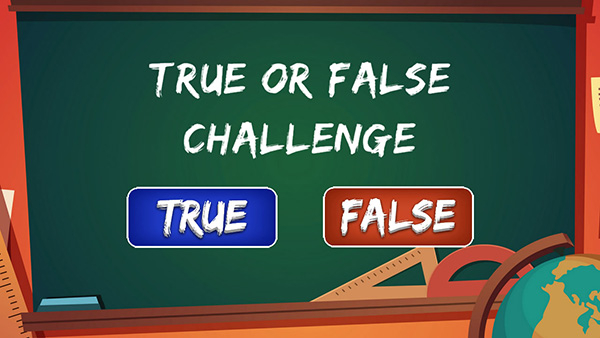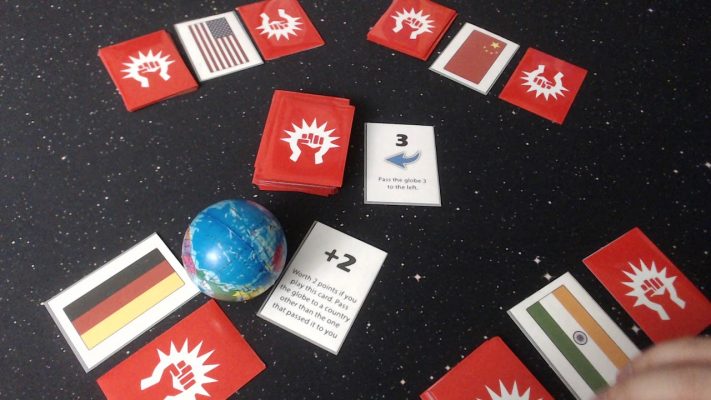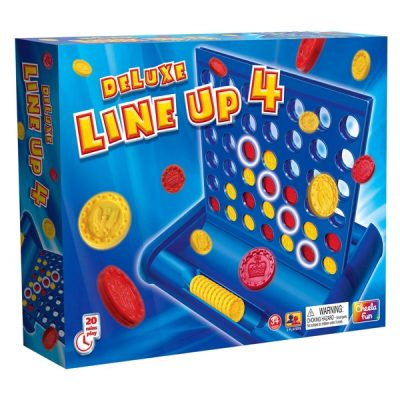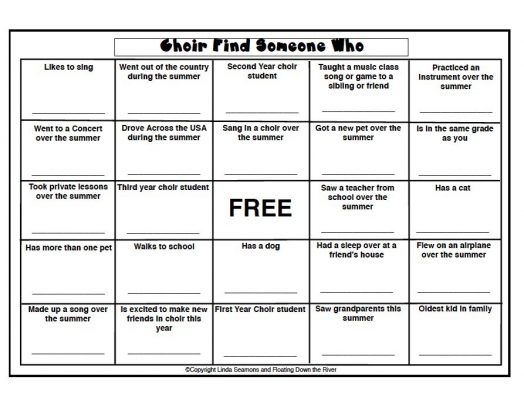Starting a lesson with a simple, fun speaking activity creates a great buzz that will last for the whole class. When your students arrive, they may not have spoken a single word of English for a week, and so they’ll probably be nervous. Your job is to make them relaxed and comfortable speaking English again in a positive environment; and a great way to achieve this is by planning an effective warmer.
I. True/False Game
1) Ask students to write down three statements about themselves: two true and one false. (You can do an example for yourself – don’t make the false one too obvious!)
2) Students mingle, and tell each other their three statements. The others have to guess which are true and which is false.
3) Finally ask students to share things they found out with the whole class.

II. Picture Mingle
1) Each student draws three things in their life on a post-it (e.g. their house, dog and neighbour).
2) Get students to stick the post-it to their front or their arm.
3) Play some music. Students dance around the room.
4) When the music stops they ask the person nearest them about their pictures.
5) Play the music again and repeat several times.

III. Hot Seat
1) Put the students into small teams.
2) One person from each group sits with their back to the board.
3) The teacher writes a word they’ve recently learned on the board.
4) The students facing the board describe the word without saying it. The students with their back to the board have to guess what it is.
5) The person who guesses correctly wins a point for their team. They stay in the seat out the front, and the others have to swap with another team member.
(Variation: The students with their backs to the board ask their teams yes/no questions to work out the word.)

IV. Line-Up
1) Ask the whole class, ‘How long does it take you to get to school?’. Elicit several answers.
2) Tell the students to line up against the wall, from the shortest time at one end, to the longest time at the other (students will need to mingle and ask each other to work this out).
3) Once the students are lined up, divide them into pairs. Ask them to talk about a related topic (e.g. what happened on the way?)
4) Repeat the line-up with a different question.
(This works with any question that will let you sequence students: ‘When’s your birthday?’, ‘How long have you been in the UK?’ etc. It has to be something they need to ask each other to be able to do – it doesn’t work, for example, with height!)

V. Find Someone Who…
You’ll need to prepare a set of ten ‘find someone who’ questions (preferably related to one topic), and make a copy for each student. For example:
Find someone who:
… has met a celebrity__________
… has been on TV or radio __________
… has sung in front of a large group __________
(etc.)
1) Do an example on the board. Elicit the questions students need to ask (e.g. ‘Have you ever met a celebrity?’).
2) Students mingle and ask each other the questions. If someone says ‘yes’, they should write the person’s name on the line (there should be a different name on each line). They can ask for more detail but don’t need to write this down.
3) Finally, ask the class to share something interesting they’ve learnt about someone.

